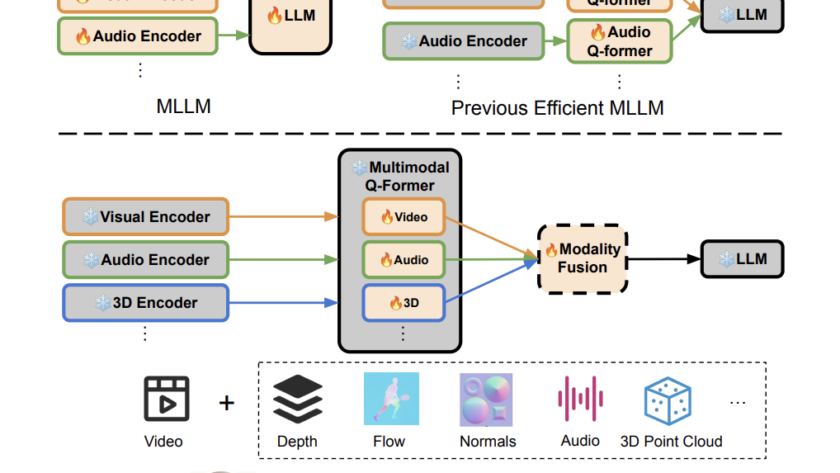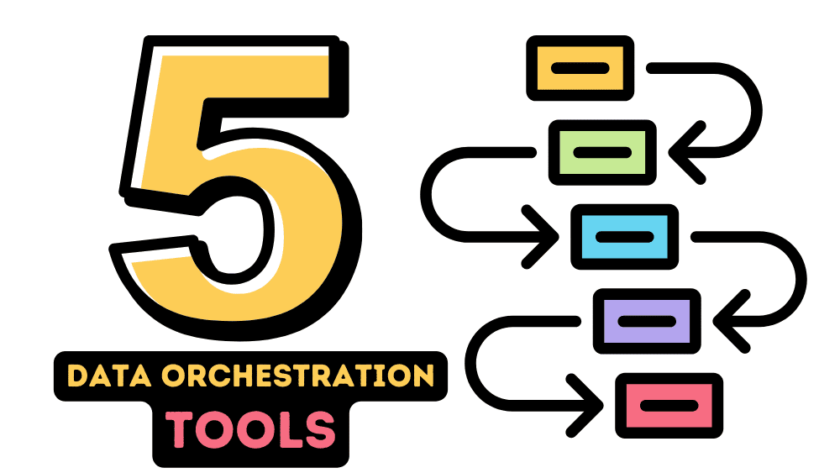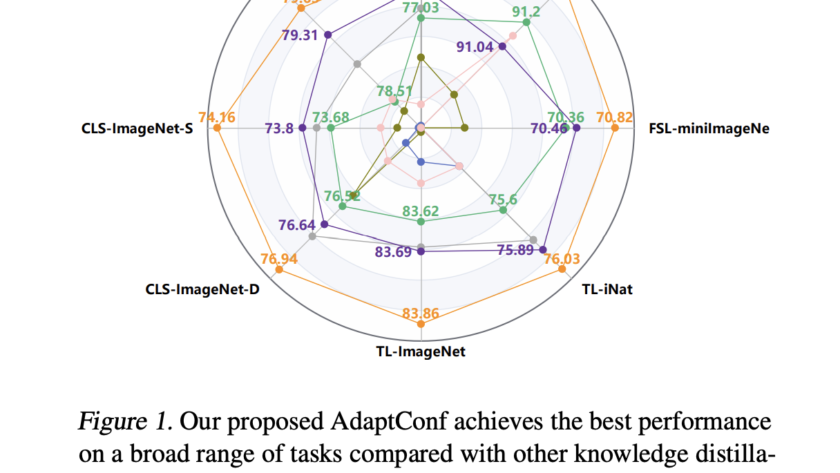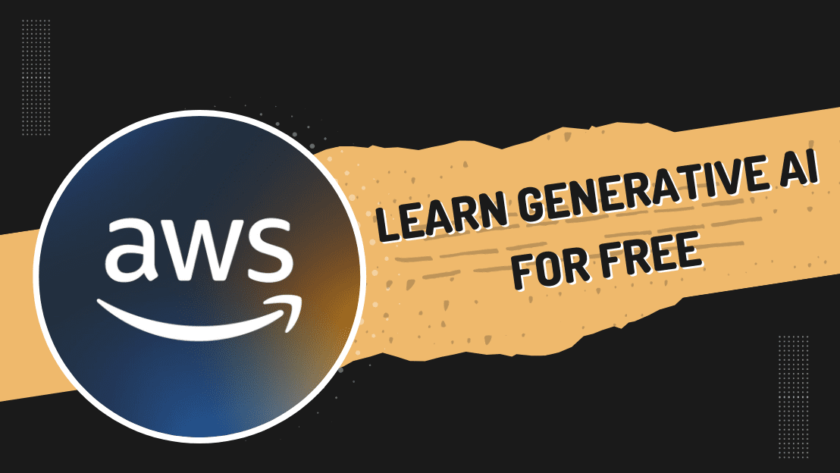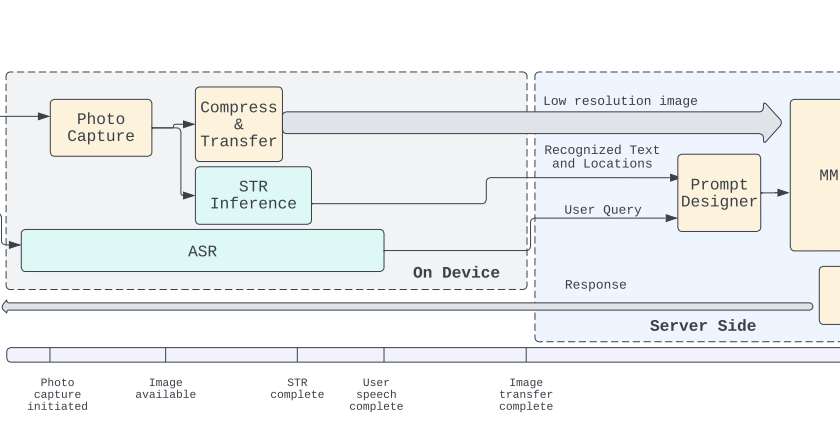As a bonus, get the code to apply feature extraction anywhere Image created by DALL·E 3 based on the prompt “Draw a pack of futuristic grey wolves at night by the beach.”This is the last part of my series of nature-inspired articles. Earlier, I had talked about algorithms inspired by genetics, swarm, bees, and ants.…




